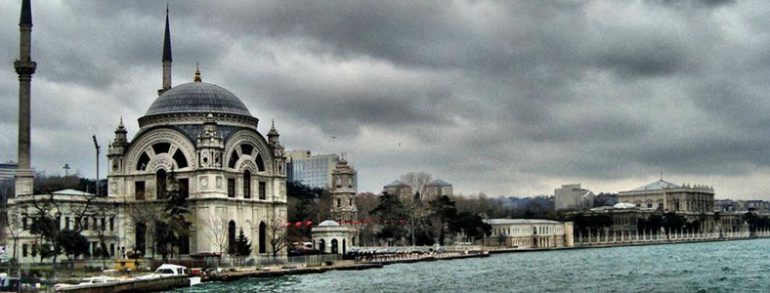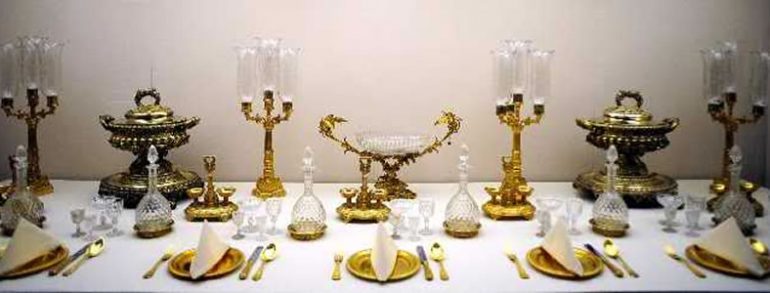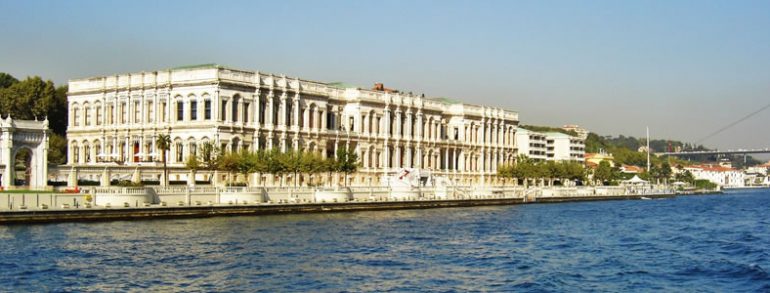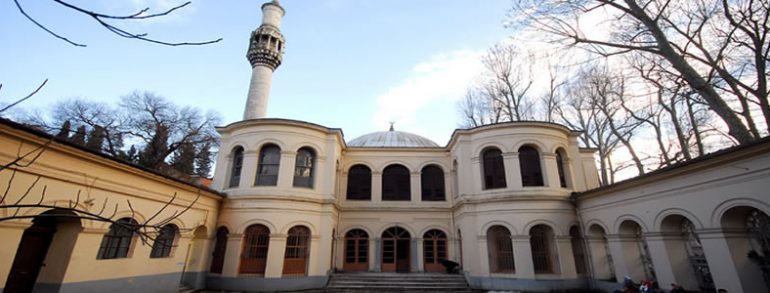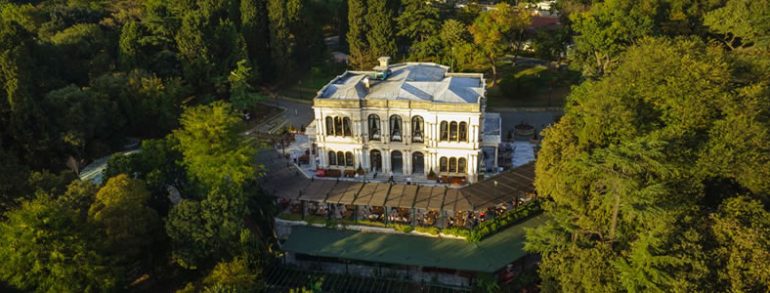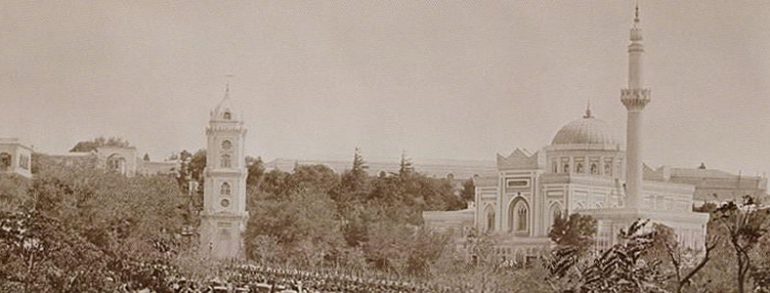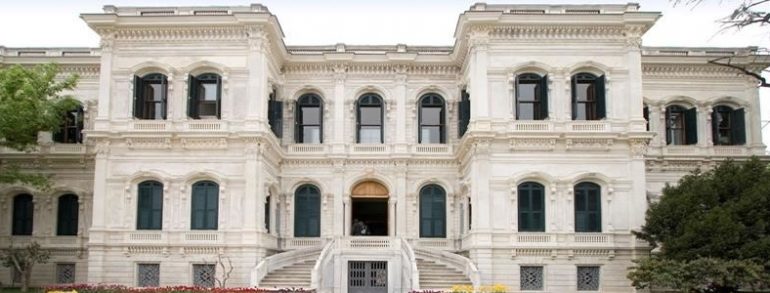Bezm-i Alem Valide Sultan Camii, Situated at the southern end of the Dolmabahçe Palace complex, the mosque was built by Bezm-i Alem Valide Sultan, the mother of Sultan Abdülmecid. The mosque is commonly called the Dolmabahçe Mosque due to its location. It is a selâtin cami (imperial mosque), which means, it was built by a…
Read more
Dolmabahçe Mosque
